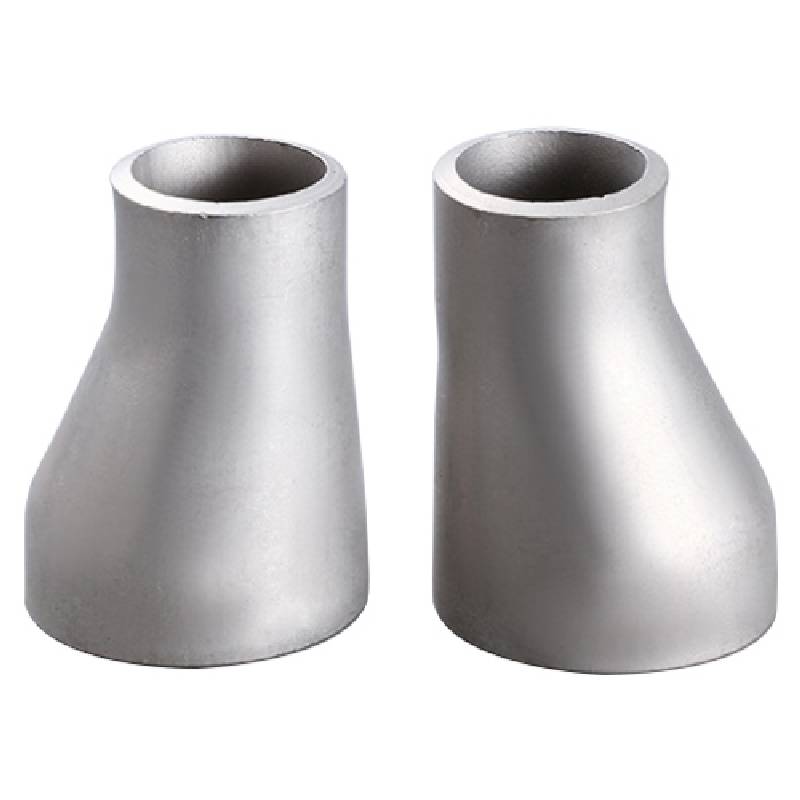-
Cangzhou Yulong Steel Co., Ltd.
-
Phone:
+86 13303177267 -
Email:
admin@ylsteelfittings.com
- English
- Arabic
- Italian
- Spanish
- Portuguese
- German
- kazakh
- Persian
- Greek
- French
- Russian
- Polish
- Thai
- Indonesian
- Vietnamese
- Zulu
- Korean
- Uzbek
- Hindi
- Serbian
- Malay
- Ukrainian
- Gujarati
- Haitian Creole
- hausa
- hawaiian
- Hebrew
- Miao
- Hungarian
- Icelandic
- igbo
- irish
- Japanese
- Javanese
- Kannada
- Khmer
- Rwandese
- Afrikaans
- Albanian
- Amharic
- Armenian
- Azerbaijani
- Basque
- Belarusian
- Bengali
- Bosnian
- Bulgarian
- Catalan
- Cebuano
- China
- China (Taiwan)
- Corsican
- Croatian
- Czech
- Danish
- Esperanto
- Estonian
- Finnish
- Frisian
- Galician
- Georgian
- Kurdish
- Kyrgyz
- Lao
- Latin
- Latvian
- Lithuanian
- Luxembourgish
- Macedonian
- Malgashi
- Malayalam
- Maltese
- Maori
- Marathi
- Mongolian
- Myanmar
- Nepali
- Norwegian
- Norwegian
- Occitan
- Pashto
- Dutch
- Punjabi
- Romanian
- Samoan
- Scottish Gaelic
- Sesotho
- Shona
- Sindhi
- Sinhala
- Slovak
- Slovenian
- Somali
- Sundanese
- Swahili
- Swedish
- Tagalog
- Tajik
- Tamil
- Tatar
- Telugu
- Turkish
- Turkmen
- Urdu
- Uighur
- Welsh
- Bantu
- Yiddish
- Yoruba

Dec . 04, 2024 10:51 Back to list
Understanding ANSI Pipe Flanges and Their Applications in Industrial Systems
Understanding ANSI Pipe Flanges A Comprehensive Guide
Flanges are critical components in various piping systems, providing a means of joining pipes, valves, and other equipment together. Among the different standards that govern pipe flanges, the American National Standards Institute (ANSI) is one of the most widely recognized. ANSI flanges are integral to ensuring safety, efficiency, and reliability in industrial applications. This article will delve into the features, classifications, and applications of ANSI pipe flanges, providing a comprehensive understanding of their significance in piping systems.
What is ANSI?
The American National Standards Institute (ANSI) is a private non-profit organization that oversees the development of voluntary consensus standards for products, services, processes, systems, and personnel in the United States. ANSI plays a crucial role in ensuring that various industries follow standardized practices, which not only promotes safety but also facilitates international trade.
ANSI Pipe Flange Types
ANSI pipe flanges are available in various types, with the most common being
1. Slip-On Flanges These flanges are designed to slip over the ends of pipes. They are easy to install and align, making them a popular choice for many piping applications. Slip-on flanges are welded both inside and outside, providing a strong joint.
2. Weld Neck Flanges Weld neck flanges are characterized by a long neck that provides a gradual transition between the flange and the pipe. This design helps reduce stress concentrations, making them ideal for high-pressure applications.
3. Blind Flanges As the name suggests, blind flanges are solid and do not have any openings. They are used to seal the ends of piping systems or to provide access points for future maintenance.
4. Socked Flanges These flanges have a socket-shaped recess on one side, allowing the pipe to fit snugly into the flange. They are welded only on the inside, making them easy to align.
ansi pipe flange

5. Plate Flanges These are flat flanges used primarily in non-high-pressure situations. They are usually less expensive but may not provide the same level of sealing as other types.
ANSI Flange Classifications
ANSI flanges are categorized based on their pressure rating, which is defined by the ANSI B16.5 standard. This classification includes dimensions, tolerances, materials, and pressure-temperature ratings. The pressure ratings are typically classified into classes like 150, 300, 600, 900, 1500, and 2500, with each class representing a maximum pressure that the flange can withstand at a specific temperature. Choosing the correct class is crucial for ensuring the safe operation of the piping system.
Materials
ANSI flanges can be made from various materials, including carbon steel, stainless steel, cast iron, and alloy materials. The choice of material depends on the operational environment, including factors such as temperature, pressure, and the chemical nature of the fluids being transported. For instance, stainless steel flanges are often preferred in corrosive environments due to their resistance to rust and general wear.
Applications
ANSI pipe flanges are used in numerous industries, including oil and gas, petrochemical, water treatment, and HVAC systems. They serve as the backbone of piping systems, facilitating repairs and alterations without disassembling the entire configuration. Flanges also provide points for instrumentation and access for inspection, which is vital for maintaining system integrity.
Conclusion
ANSI pipe flanges play a vital role in the design and implementation of piping systems across various industries. Understanding the types, classifications, and materials associated with ANSI flanges allows engineers and technicians to make informed decisions, ensuring the safety and efficiency of their piping networks. As industries continue to evolve, the importance of adhering to standards set forth by organizations like ANSI will remain paramount in maintaining operational excellence and safety in fluid transport systems. Whether for new constructions or maintenance projects, ANSI pipe flanges are indispensable components that contribute to the overarching functionality of piping infrastructure.
Latest news
-
ANSI 150P SS304 SO FLANGE
NewsFeb.14,2025
-
ASTM A333GR6 STEEL PIPE
NewsJan.20,2025
-
ANSI B16.5 WELDING NECK FLANGE
NewsJan.15,2026
-
ANSI B16.5 SLIP-ON FLANGE
NewsApr.19,2024
-
SABS 1123 FLANGE
NewsJan.15,2025
-
DIN86044 PLATE FLANGE
NewsApr.19,2024
-
DIN2527 BLIND FLANGE
NewsApr.12,2024
-
JIS B2311 Butt-Welding Fittings LR/SR 45°/90° /180°Seamless/Weld
NewsApr.23,2024











